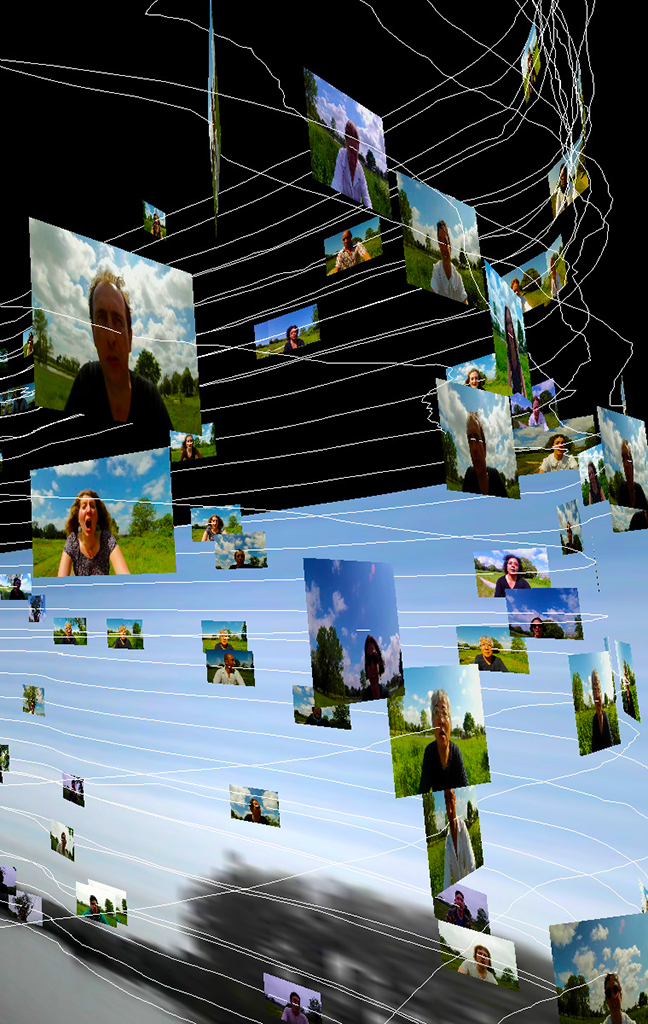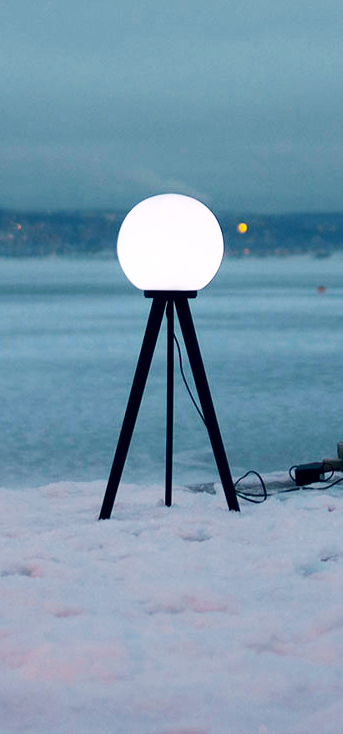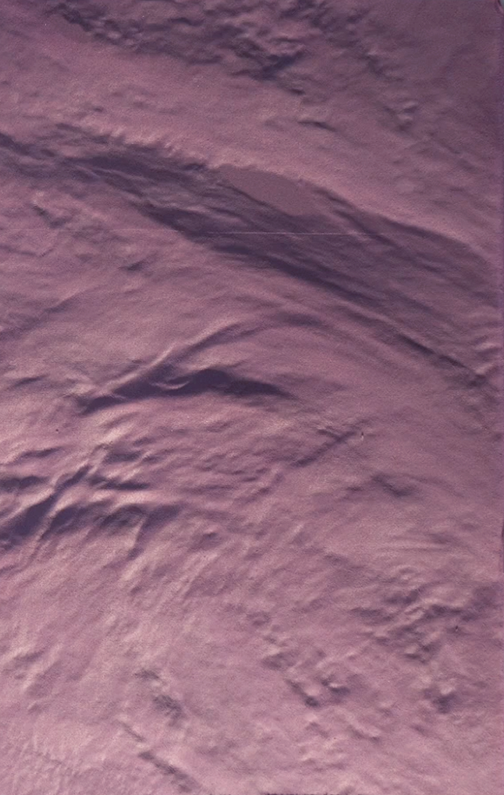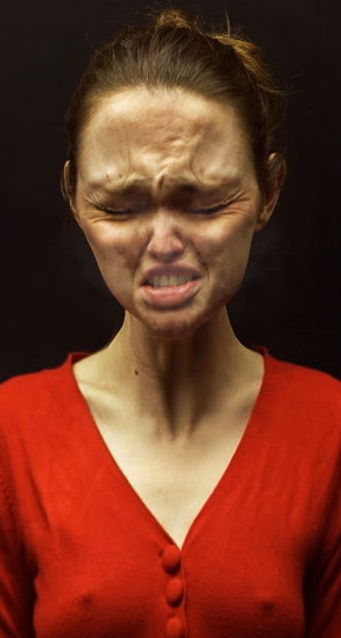
Masaki Fujihata
Voices of Aliveness
This project, upon the initiative of l’Ecole des Beaux-Arts de Nantes, has been conceived as a meta-monument where are gathered video sequences recorded by a camera with GPS. People are screaming while biking in a 500 m circle in the countryside. The traces of this route can be visualized thanks to lines that form a sort of tower in the virtual space, where it can go on indefinitely. On these lines, in an order that looks more like a music score than a succession of shootings, mobile video screens simultaneously display the image of the performances.








